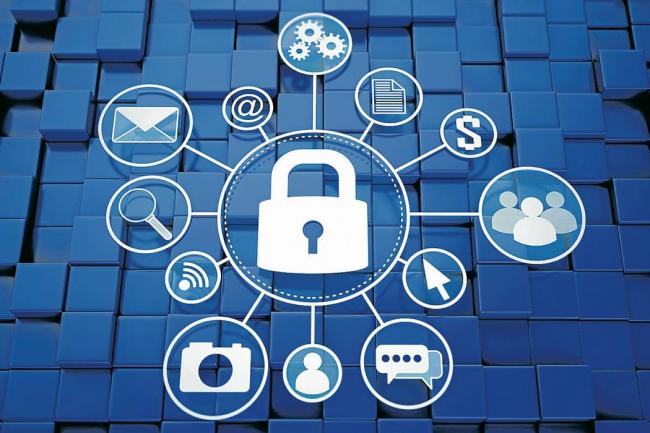Have you recently, or ever, checked how secure your company or household’s network is? Many people often buy a router that comes with a preset password and call it a day. It’s password-protected, after all, so nobody can get in. That assumption has come back to haunt a lot of people. Don’t be one of them – read this guide on how to properly secure a home or business internet connection.
To be fair, many companies go to great lengths to protect their internet connection , like installing the best VPN and enabling MAC authentication. Which is great. But there is still a large part of the population who don’t follow the latest and best cyber safety practices. This includes many (if not most) households, as well as a big group of small to medium businesses.
Not taking the necessary steps to secure and protect an internet connection means leaving its vulnerabilities in place and opening it up for exploitation. These vulnerabilities could lead to something as simple as a neighbor using your WiFi, or to a cybercriminal stealing your credit card details.
Go through these five simple steps that anyone can take to secure their home or business network, and implement them today.
1. Change and Hide the Network’s Name (SSID)
Every network has a service set identifier (SSID) that makes it discoverable by devices in the area. This name is what shows up whenever someone searches for networks over WiFi.
This feature, convenient though it is, can be set to “hidden”. So that only people who know the name of the network can connect to it. Setting a network’s SSID to hidden is an easy trick to make it a bit safer. Since household members or employees should know the name of the network anyway.
Just keep in mind that this won’t protect against every criminal who wants to get in. But it will deter any opportunists.
Make sure to change the SSID name as well, because it can still be detected and may give away the router brand and model.
2. Use the Best VPN Software
Not encrypting a network is akin to leaving a door open for anyone to come in and take a look. Encryption is an extremely important feature for anyone who has personal information on their devices. Whether it’s work files or the device is used for either online shopping or internet banking. Everything is put at risk.
A VPN will help keep every online session secure while making sure that private info stays private. Just make sure to get a good one (for example, this one), as there are plenty of unreliable VPN services on the web.
3. Change The Admin Login Credentials
Every time someone buys and sets up a new router, they will see the administration panel. This is where they have to type in the default admin login credentials that came with the router. It’s very important to change these credentials.
There are websites like RouterPasswords that display the default login credentials that come with different router brands and models. People who stick to these default login details are at risk of an outsider getting into their network – very easily at that.
Keep in mind that the router’s login credentials will revert back to default if the router’s factory settings are reset.
4. Get a Strong Firewall
Most routers come with a firewall pre-installed (just make sure it’s enabled!). A firewall protects the network by examining all incoming and outgoing data through what is known as packet filtering. It uses a predetermined set of rules to test whether a packet is legitimate and whether it’s malicious or not.
But having a firewall on your router isn’t enough. People need to install firewall software on their devices as well for an extra layer of defense.
5. Enable MAC Authentication
Creating as many obstacles for hackers as possible is the key to establishing a safe network. Enabling MAC authentication is another way to do just that.
Every device that’s able to connect wirelessly has a serial number – a MAC address. Network owners can set up a list of addresses that are allowed to access the network. Every other device will be barred from connecting.
In Summary
Those who don’t take steps to protect their network are putting themselves at risk of being hacked. An unprotected network is like an open invitation to dedicated and opportunistic cybercriminals.
Don’t get lazy or postpone cybersafety for later – it’s important to get this done as soon as possible. Each of the steps listed above only takes a few short minutes, so get them done today.
